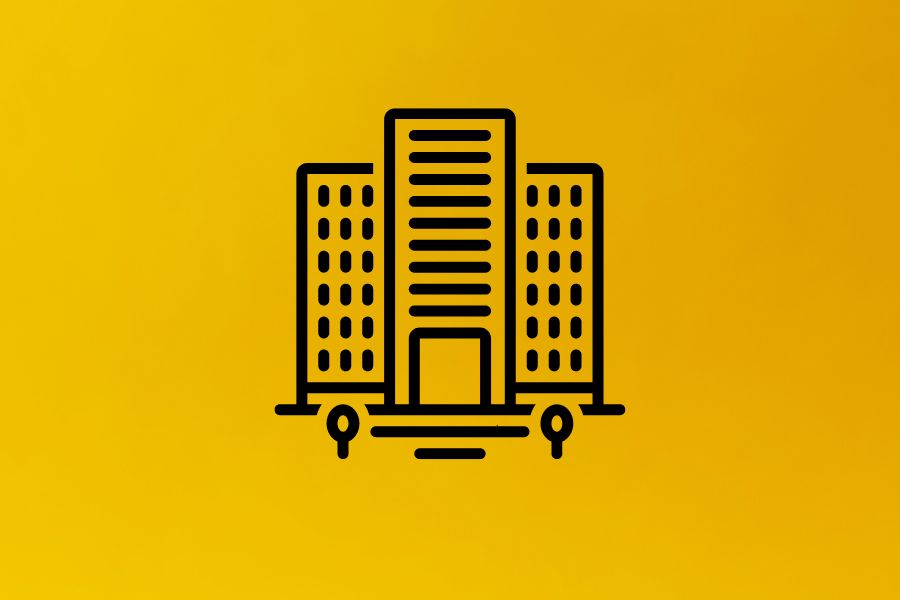Electric gates are often used in multi-occupancy housing to enhance safety and control access. However, as machines, they need to be properly installed and maintained to ensure they do not pose a danger to anyone who comes into contact with them.
The Importance of Safe Electric Gates
While automated gates are designed to protect residents, incorrect installation or lack of maintenance can lead to severe, sometimes fatal, injuries. These gates are legally classified as machines and are typically heavy, capable of crushing, dragging, or trapping individuals if they fail to stop when a person is detected.
What Makes a Gate Safe?
A safely installed automated gate should not cause harm or injury to anyone using it. Installers must conduct a risk assessment of the gate and its environment to implement site-specific safety measures.
However, safety isn’t solely about adding devices; it’s also about thoughtful design from the outset. For example, a well-designed swing gate should include three hinges. This means that if one hinge fails, the gate remains securely in place, significantly reducing the risk of it falling. Incorporating safety considerations during the design stage ensures a robust and reliable gate that protects everyone. To learn more about designing in safety click here.
The Importance of Regular Maintenance
Regular maintenance of automated gates is not just a good practice—it’s a legal requirement. The Health and Safety at Work Act 1974 (Section 3) and The Workplace (Health, Safety and Welfare) Regulations 1992 (Regulation 5) mandate regular maintenance for gates in commercial, industrial, school, and multi-occupancy housing settings.
Maintenance schedules are determined by the installer and maintenance provider, typically requiring at least one service every six months. Gates that experience high daily use may need more frequent servicing to ensure they remain safe and operational.
Regular maintenance helps to:
- Ensure the gate operates correctly
- Ensure the gate is safe – allowing for safety checks to be carried out
- Ensures compliance with legal requirements
- Ensures that any changes to the site have not increased the risks via a risk assessment
For anyone to carry out maintenance on the gate, it is crucial to ensure they are trained and competent. This requires the right knowledge and expertise. Only Gate Safe installers can provide an MOT, a useful visual reference that clearly indicates when the gate was last checked and when the next maintenance visit is due. Additionally, there should be a maintenance log for the gate. To find an installer or to check who has undergone gate safety training, you can use our interactive map to locate your nearest professional.
Concerned About Gate Safety?
If you have any concerns about the safety of your gate or barrier, Gate Safe is here to help. We offer unbiased, independent advice. You can reach us on our technical helpline at 01303 840117 or email us at info@gate-safe.org
Frequently Asked Questions (FAQs)
- Gate Does Not Work and You Cannot Get Out – What Do I Do?
If your gate is not working and you are unable to get out:
Manual Release: Electric gates have a manual release mechanism. Locate the manual release key or lever (often found in the gate’s control box) to open the gate manually – also contact your management company or landlord,always ensure the gate is secured in the open and closed position if the gate is operating manually
- What Happens If the Gate Stops Working – Who Do I Contact?
If your gate stops working:
Reach out to the gate installer or maintenance provider for help. Have their contact information handy for quick access in case of emergencies.
- I am unsure if the maintenance company has undergone specialist safety training. How do I check?
To check if the company working on your gates has undergone IOSH-approved Gate Safety training by clicking here
or
Use our interactive map on the website to find a Gate Safe Installer in your area.
